
The Internet of Things (IoT) consists primarily of IoT devices, gateways, and the cloud.
01 IoT Network Architecture
From bottom to top, there are the perception layer, network layer, and application layer.
▪ Perception Layer: Identifies objects and collects information;
▪ Network Layer: Primarily responsible for information transmission;
▪ Application Layer: Provides rich IoT-based applications;
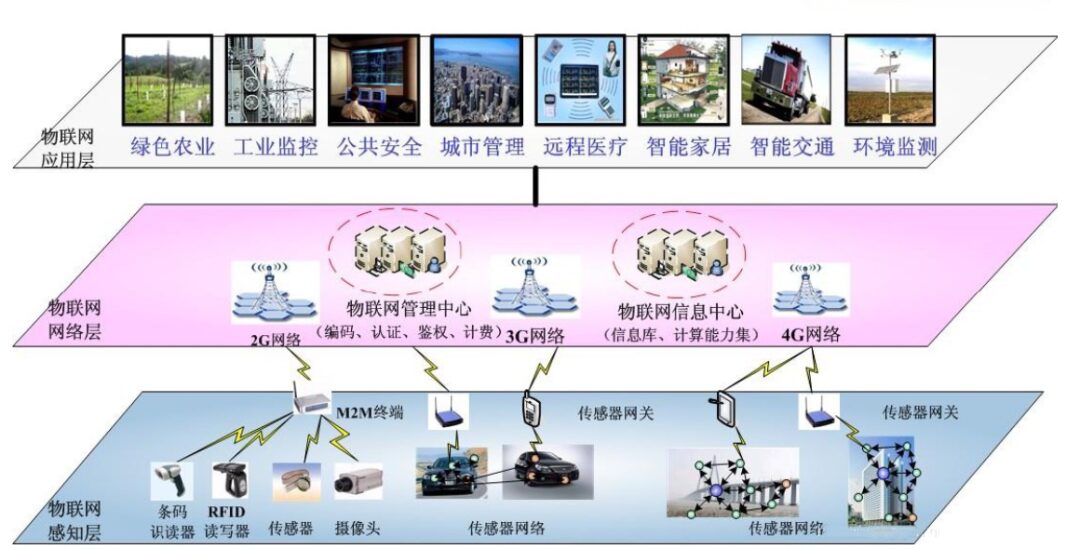
For example, in the remote power meter reading application within a smart grid: The meter installed in the user’s home acts as a sensor in the perception layer, which collects information about the user’s electricity usage and sends it through the network to the processor at the power plant. This processor and its corresponding operations belong to the application layer, which analyzes the user’s electricity information and automatically takes relevant actions.
02 Device Access Methods
Based on whether the IoT terminal device itself has network access capability, there are two methods: direct access and gateway access.
▪ Direct Access: The IoT terminal device itself has a communication module and can directly connect to the network;
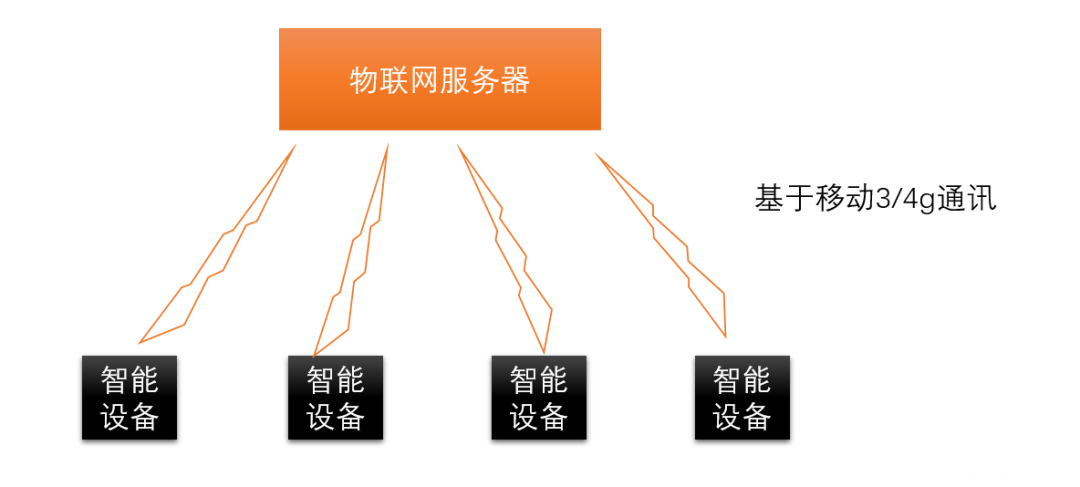
▪ Gateway Access: The IoT terminal device does not have network access capability and needs to be grouped locally before connecting to the network through a gateway.
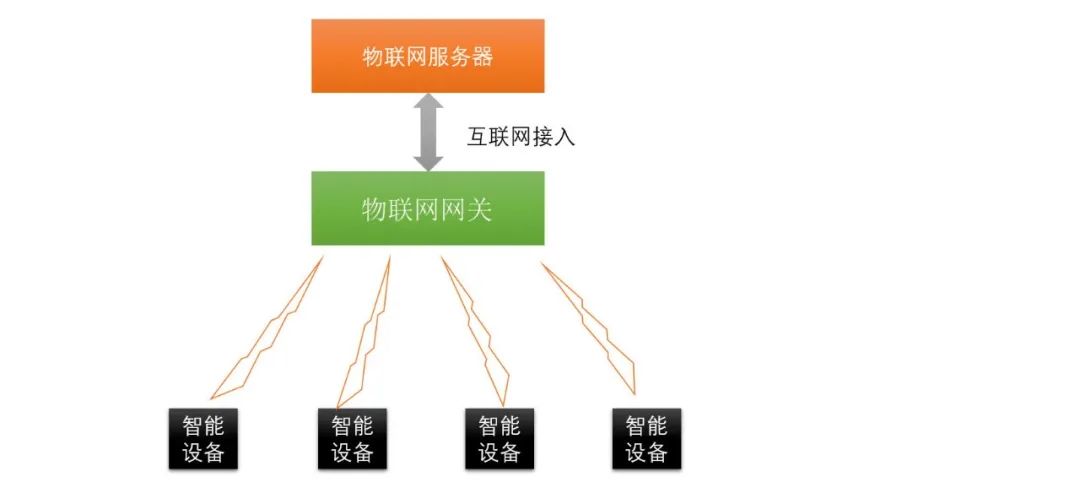
The IoT gateway is crucial for achieving interconnection between internal and external networks. The IoT gateway serves as a bridge between wireless sensor networks and traditional communication networks, integrating data monitoring and transmission, facilitating protocol conversion between different types of networks, and enabling data collection and remote control of nodes.
Key Functions of IoT Gateways:
1. Management Functions.The IoT gateway can obtain the properties and real-time status information of each node, and implement state control, wake-up and sleep, online diagnostics, etc., while supporting automated management of nodes through secondary programming.
2. Source Addressing Function.Addressing technology ensures accurate real-time localization and querying of each node’s information to meet cross-domain communication needs. Since the node address structure differs from the DNS domain name structure, new source addressing technology needs to be developed.
3. Protocol Conversion and Data Format Standardization Function.To facilitate data interaction between wireless sensor networks and traditional communication networks, the gateway acts as a protocol converter, uniformly packaging the uploaded standard format data and unpacking the issued data into standard format data to ensure that commands can be recognized.
The IoT gateway is typically designed based on ARM and embedded Linux platform solutions to meet performance and application requirements and manage the entire system’s resources. In industrial applications, due to real-time, stability, environmental, and cost constraints, IoT gateways mainly combine wireless wide area networks (WWAN) and local field buses to adapt to various complex industrial environments. Currently mature wireless wide area network communication technologies include GPRS, 4G, and satellite communication technology, while commonly used field bus technologies include CAN, PROFIBUS, LONWORKS, HART, and MODBUS.
Data transmission can operate in either an active or passive working mechanism. In active mode, data transmission occurs only when controlled data changes or scheduled tasks are set, simplifying terminal collection functions and reducing operational power consumption; in passive mode, data transmission occurs only upon receiving actively sent query commands, granting authority to the monitoring center, but increasing power consumption and reducing transmission efficiency. The IoT gateway adopts a hybrid data transmission mechanism, using response mechanisms to listen for bidirectional data and employing an active multi-threshold timed collection and transmission of data, thus balancing the advantages of both active and responsive modes in terms of power consumption and transmission efficiency.
Differences Between IoT Gateways and Routers
The primary role of industrial IoT gateways is to convert devices with different protocols for bidirectional data transmission. They focus on connecting devices that cannot communicate directly. Because IoT sensor protocols lack a unified standard, each vendor has its own definitions, so the gateway functions as a translator, allowing different sensors to connect and communicate. Routers are network-layer devices used to segment broadcast domains and can be considered as gateways with a narrower function. In everyday Ethernet usage, gateways and routers can be seen as the same entity. Their main function is to connect networks and ensure that devices can connect normally.
In the era of the Internet of Everything, the increase in IoT devices has led to a significant amount of data needing to be transmitted to the cloud for analysis, which puts considerable pressure on cloud computing and transmission bandwidth, and poses risks of data leakage during transmission. A key difference between industrial IoT gateways and industrial routers is that IoT gateways support edge computing capabilities, allowing data to be processed at the edge, reducing the pressure on cloud data processing while avoiding the risk of data leakage. This meets the critical needs of industry digitization for agile connectivity, real-time operations, data optimization, and intelligent applications while also addressing security and privacy protection requirements.
03 Network Communication Methods
▪ Mobile Networks: 2/3/4/5G
▪ Broadband
04 IoT Cloud Platform
Generally, service terminals cannot directly communicate point-to-point with other terminal devices that are not on the same local area network; a server located on the Internet is needed as an intermediary, which is what is now popularly referred to as the IoT cloud.
The IoT cloud platform provides secure and reliable connection and communication capabilities for devices, connecting massive devices downward to support device data collection to the cloud; upward, it provides cloud APIs, allowing the server to issue commands to the device side through cloud API calls for remote control.
The system architecture of the IoT cloud platform mainly includes four components:
1. Device Access: Establishes a secure bidirectional connection between smart devices and the cloud;
2. Device Management: Services include lifecycle management, device grouping, device shadowing, object models, data parsing, data storage, online debugging, firmware upgrades, remote configuration, and real-time monitoring;
3. Rule Engine: The rule engine creates and configures rules to achieve data flow and scene linkage. Its main function is to filter and forward IoT platform data to other cloud computing products;
4. Security Authentication and Permission Management:
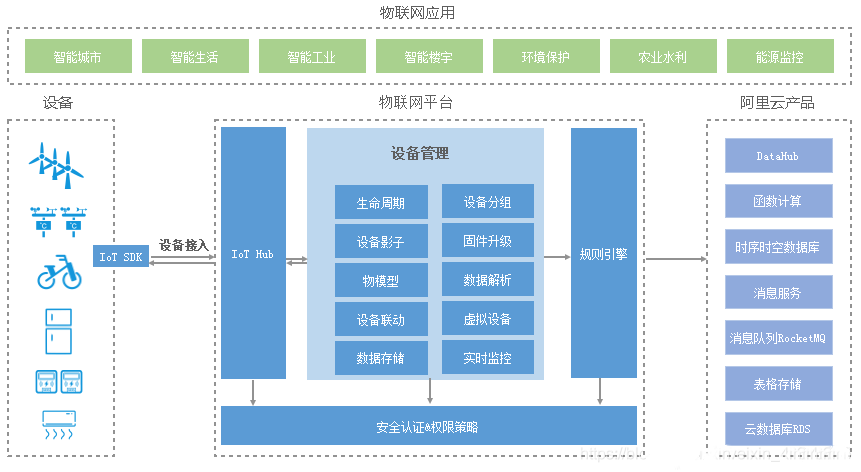
05 IoT Protocols
IoT protocols are divided into two major categories: access protocols and communication protocols.
▪ Access Protocols: Generally responsible for networking and communication between devices within a subnet, common access protocols include Zigbee, Bluetooth, and Wi-Fi protocols;
▪ Communication Protocols: Primarily run on top of traditional Internet TCP/IP protocols, responsible for data exchange and communication between devices over the Internet, common communication protocols include HTTP, WebSocket, XMPP, COAP, and MQTT.
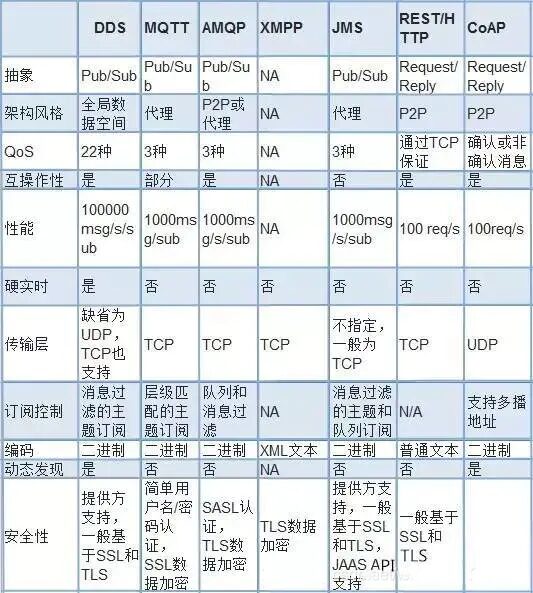
Let’s briefly introduce the commonly used IoT communication protocol MQTT.
MQTT (Message Queuing Telemetry Transport) is a protocol built on TCP/IP, which is relatively suitable for IoT communication scenarios because it can provide real-time and reliable messaging services for connecting remote devices with minimal code and limited bandwidth.
MQTT uses a client-server publish/subscribe model, where all IoT terminals connect to the cloud via TCP, and the cloud manages the communication content of each device through topics, responsible for forwarding messages between devices.
The mainstream MQTT is based on TCP connections for data pushing, while the UDP-based version is called MQTT-SN.
MQTT Clients and Servers
In the communication process, there are three identities in the MQTT protocol (see figure): Publisher, Broker (Server), and Subscriber. Both the message publisher and subscriber are clients, while the message broker is the server. The message publisher can also be a subscriber.
MQTT clients can publish information, subscribe to information, unsubscribe or delete information, and disconnect from the server;
MQTT servers can receive client network connections, publish information from clients, handle subscription and unsubscription requests from clients, and forward messages subscribed by clients.
Message Transmission
Each connection established between a client and server is a session, and subscriptions are associated with a session. A session can contain multiple subscriptions. Messages transmitted via MQTT are divided into two parts: topic and payload; the topic indicates the type of message, while the specific content received by subscribers for that topic is the payload.
Applicable Scope: Provides cloud-based remote device data transmission and monitoring under low bandwidth and unreliable networks.
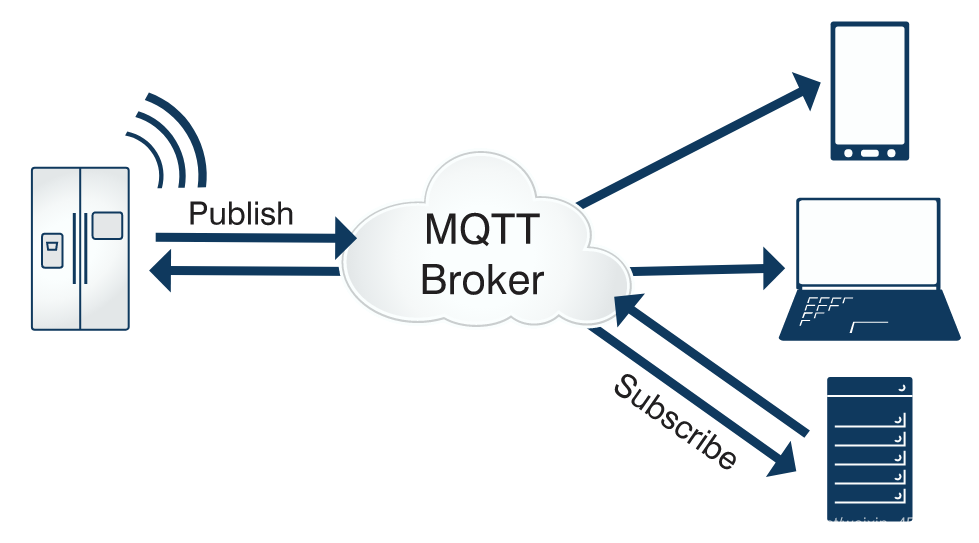
06 Other Concepts
Edge Computing
Devices used for acquiring and analyzing information cannot always rely on networks or applications; if one encounters an issue, the entire system may fail. Therefore, people provide such devices with a different capability, namely edge computing, which allows for analysis and processing at the edge (i.e., the device itself), enabling devices to perform some operations and computations offline without needing a network connection.

End
● Technical Insights | How to Learn Embedded Systems and Microcontrollers (STM32)
● Year-End Bonus Disclosure from Major Companies, At That Moment I Just Want to Work Hard for Them…
● Graduate School or Work? Let’s Roll a Dice to Decide…

